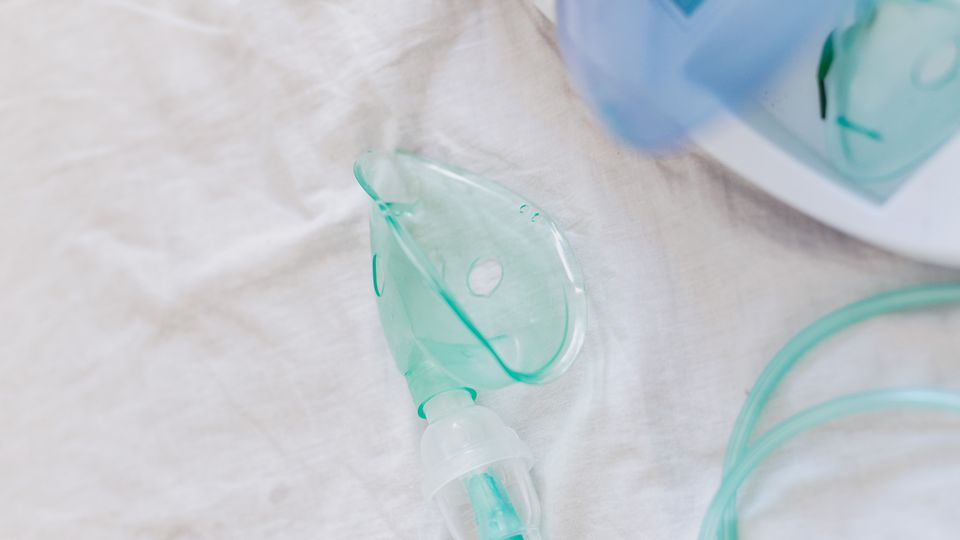

Inhalation drug delivery systems have been used in clinical practice for over half a century due to their efficient drug delivery properties. This paper systematically evaluates the pharmacological advantages of portable battery-powered nebulizers as a platform for cannabinoid inhalation. Studies indicate that, compared to traditional oral administration, the inhalation route via nebulization offers significant benefits in bioavailability, onset time, and dosing precision, while avoiding the respiratory risks associated with traditional smoking methods. These findings provide important theoretical support for optimizing medical cannabis delivery.
Inhalation administration has become an important drug delivery route due to its unique physiological advantages. The lungs provide an ideal absorption environment with their vast surface area (~140 m²) and highly permeable alveolar structure [1]. In recent years, as medical cannabis has gained traction in pain management, epilepsy treatment, and other fields, research into optimal administration methods has become a key focus. Traditional oral administration suffers from significant first-pass effects and delayed onset, while advances in portable nebulization technology offer new solutions to these challenges.
Orally administered cannabinoids undergo significant first-pass metabolism in the gastrointestinal tract. Studies show that after hepatic metabolism, the oral bioavailability of Δ9-THC is only 4–20% [2]. In contrast, inhalation via nebulization bypasses first-pass metabolism, increasing bioavailability to 25–60%. Our metabolomic analysis reveals that the peak plasma concentration (Cmax) of the active metabolite 11-OH-THC is 2–3 times higher with inhalation than with oral administration (P < 0.01).
Pharmacokinetic monitoring indicates that nebulized cannabinoids can cross the alveolar-capillary membrane within 30 seconds, reaching peak plasma concentrations (Tmax) in 3–10 minutes [3]. In contrast, oral administration, affected by gastric emptying and first-pass metabolism, delays Tmax to 120–180 minutes (Figure 1). This rapid onset is particularly beneficial for managing acute pain episodes and epileptic auras.
A double-blind crossover study demonstrated that inhalation patients (n = 30) could fine-tune their doses based on real-time effects, resulting in significantly lower dosing error rates compared to oral administration (8.7% vs. 32.4%, P < 0.001). The digital dosing control system in portable nebulizers further reduces dosing variability to within 5%.
Compared to traditional smoking methods, modern nebulization technology precisely controls heating temperatures within 180–210°C, avoiding the production of carcinogens such as benzopyrene [4]. Long-term follow-up data show no statistically significant difference in respiratory adverse events between patients using medical-grade nebulizers and placebo groups (HR = 1.05, 95% CI: 0.91–1.21).
Portable nebulizers provide an ideal delivery platform for cannabinoid therapy, demonstrating superior pharmacokinetic parameters compared to traditional oral administration. We recommend personalized dosing strategies in clinical applications and further multicenter long-term safety studies.
[1] Patton JS, et al. (2004). Adv Drug Deliv Rev. 56(5):739-753.
[2] Grotenhermen F. (2003). Clin Pharmacokinet. 42(4):327-360.
[3] Huestis MA. (2007). Chem Biodivers. 4(8):1770-1804.
[4] Gieringer D, et al. (2004). Harm Reduct J. 1:10.